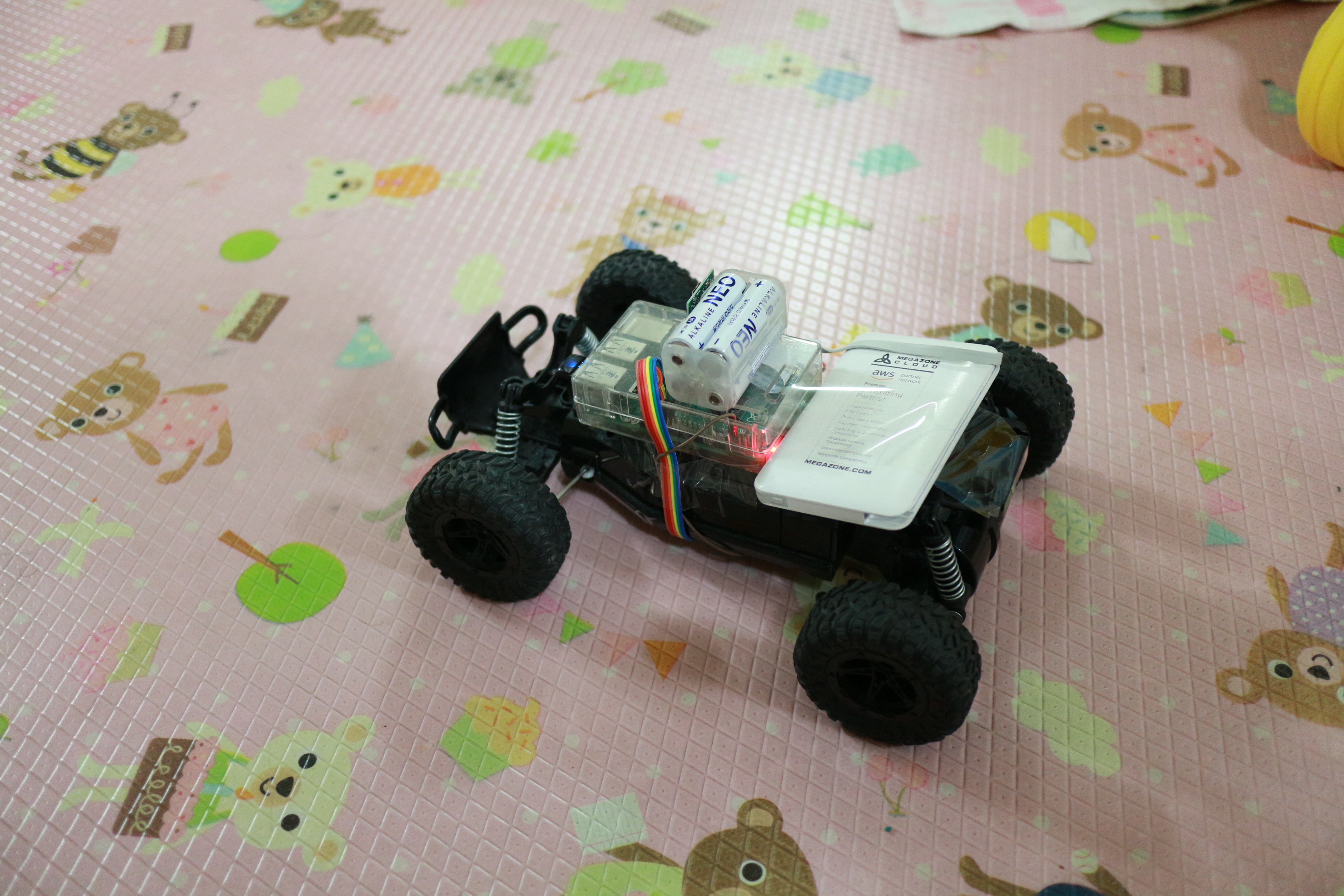라즈비안 설치하고 kodi 올려서 돌려보니
odroid XU4 보다 느리고 재생가능한 녀석도 더 적어졌다.
이게 머야!
아무튼 라즈베리 3랑 4를 비교해보면 대략 성능이 4배 정도 뛰었다! 라고 하고 싶긴한데

[링크 : https://medium.com/@ghalfacree/benchmarking-the-raspberry-pi-4-73e5afbcd54b]
XU4 쪽이 워낙 넘사벽이라 rpi 4라고 하더라도 odroid XU4가 더 쾌적할지도?
단, 라즈베리 4는 4GB 모델이 있으니 그건 좀 유리해 보이긴 한다.

[링크 : https://www.hardkernel.com/ko/shop/odroid-xu4-special-price/]
'embeded > raspberry pi' 카테고리의 다른 글
| node-red rpi (0) | 2020.11.29 |
|---|---|
| 간만에 라즈베리 + 포맷? (0) | 2020.11.29 |
| rpi bt ble advertise mode(beacon) (0) | 2020.10.12 |
| rpi voip (0) | 2020.09.22 |
| 라즈베리 파이 자동차 전원 업그레이드? (0) | 2020.06.17 |







